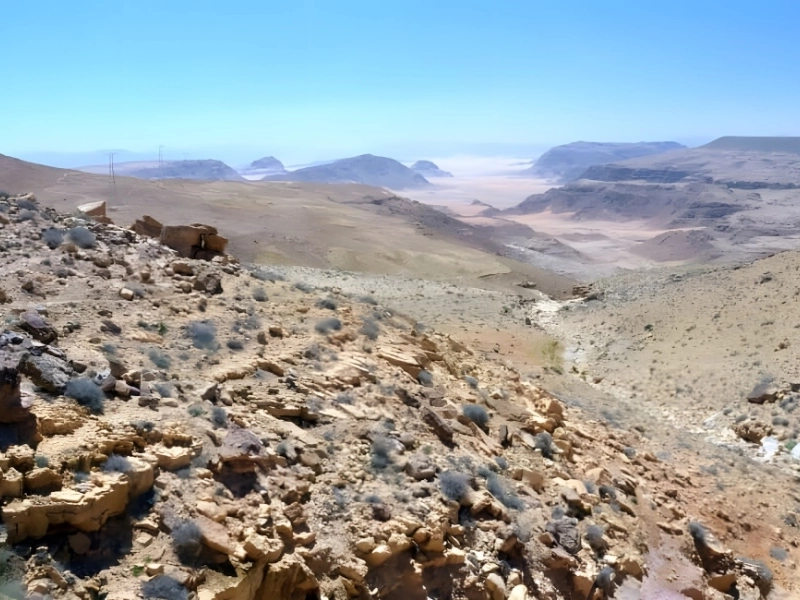Overview of Khatt Shebib Location: Southern Jordan Discovered: 1948 Estimated Value: N/A Key Highlights Significant Discovery: Khatt Shebib was discovered in 1948 by British ambassador Sir Alec Kirkbride, marking an important archaeological find in the region.
Length: Stretching 93.2 miles, Khatt Shebib is recognized as the longest linear archaeological site in Jordan.
Cultural Importance: This ancient wall offers valuable insights into the historical and cultural landscape of Southern Jordan, reflecting the architectural practices of the time.

Overview of Khatt Shebib
Key Highlights Mysterious Purpose: Since its discovery, researchers have been puzzled by the purpose of the Khatt Shebib wall, with some dating its construction to the Iron Age and others to the Nabataean Period.
Structural Features: The wall is notable for its 100 small towers and the intricate arrangement of parallel and perpendicular walls that extend from the main structure.
Technological Advancements: With the advancement of technology, archaeologists hope to uncover more details about this enigmatic ancient construction.